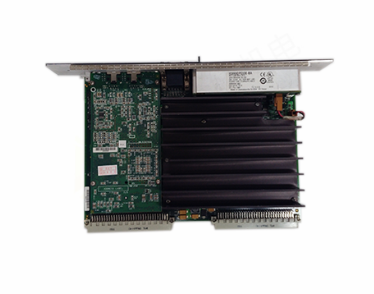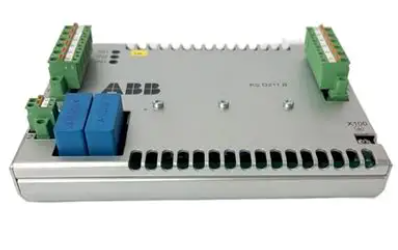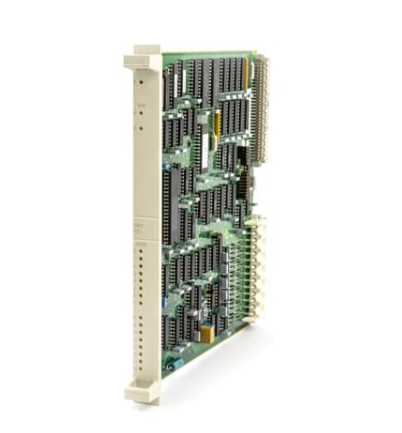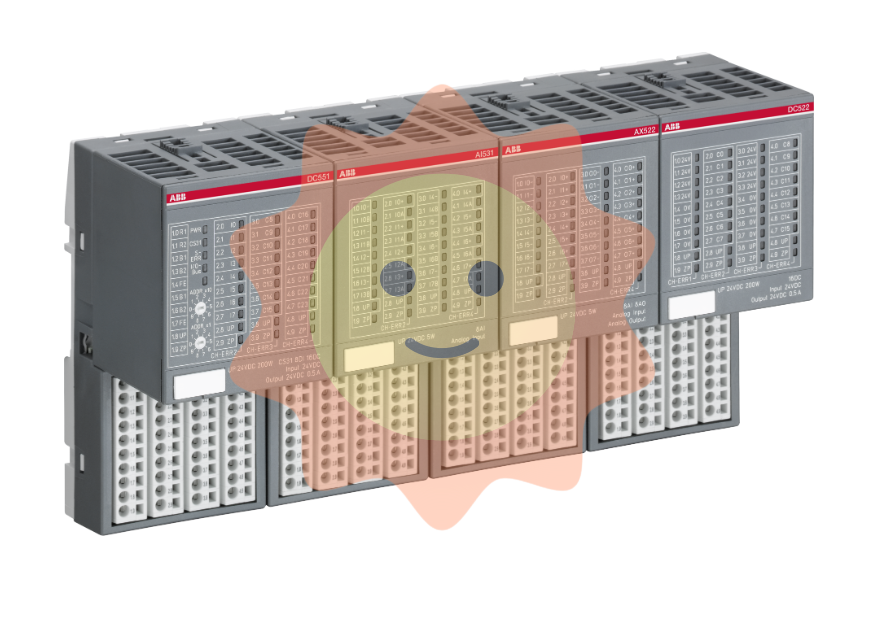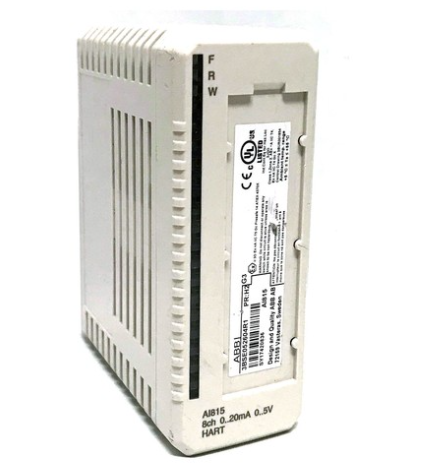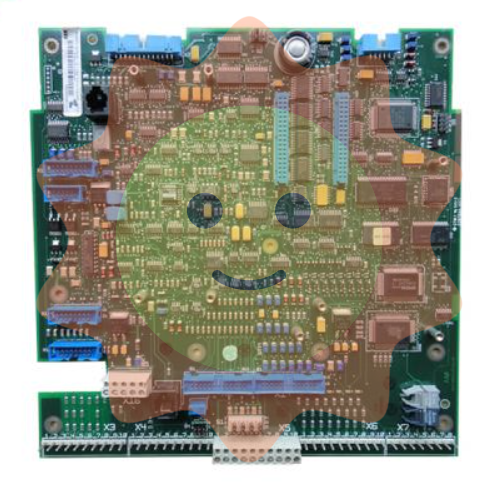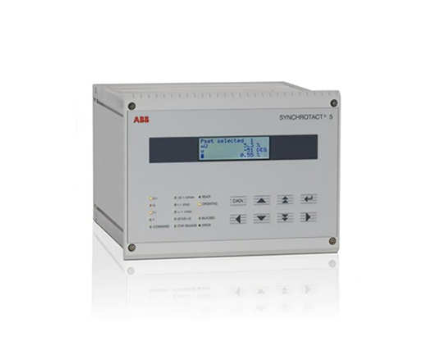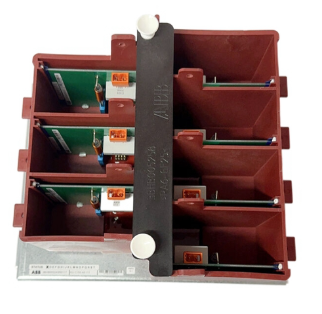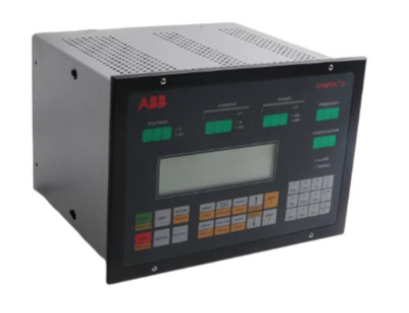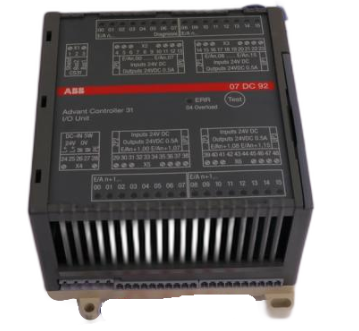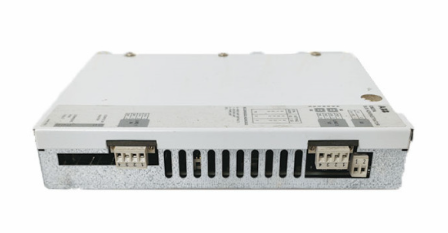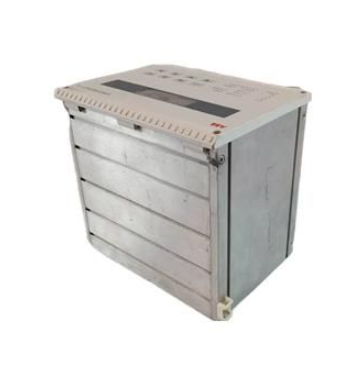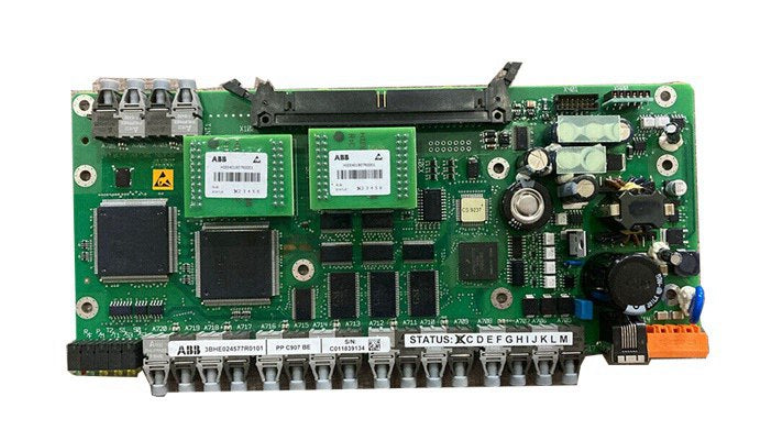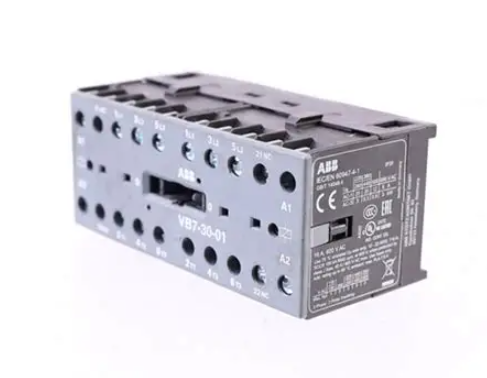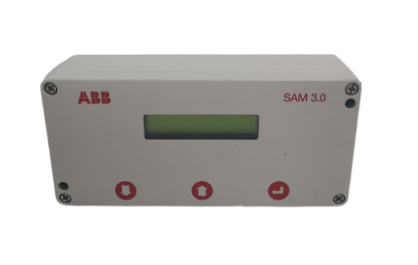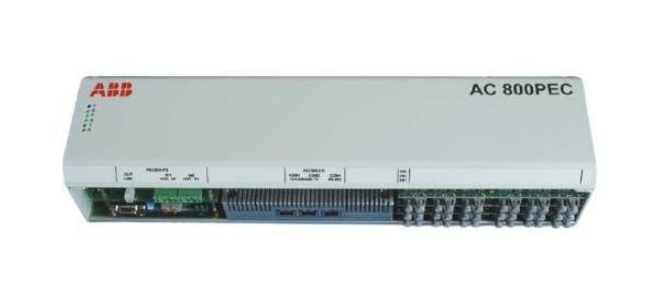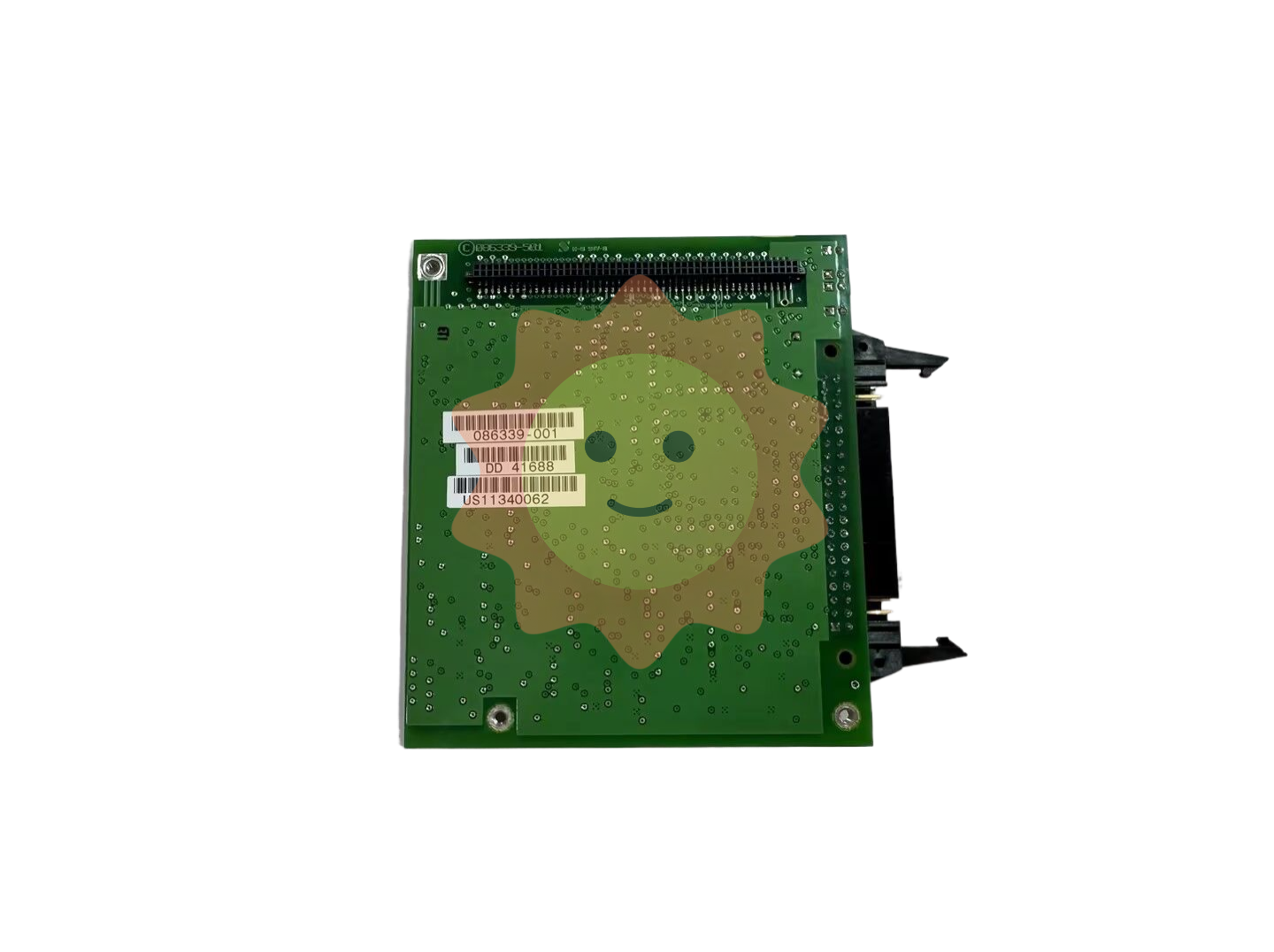ABB TK457V050 Industrial Temperature Controller
Precautions
Installation environment: It should be installed in a dry, ventilated, and non corrosive gas environment, avoiding direct sunlight and high temperature environments. The installation location should be far away from strong electromagnetic interference sources, such as large motors, transformers, etc., to prevent electromagnetic interference from affecting the normal operation of the controller. At the same time, it is necessary to ensure that the installation location has good seismic performance to avoid internal components becoming loose or damaged due to vibration.
Wiring operation: When performing wiring operations, be sure to cut off the power first to ensure safe operation. Strictly follow the wiring diagram in the product manual to ensure secure and correct wiring, and avoid problems such as short circuits and open circuits. Special attention should be paid to the polarity of the wiring between the temperature sensor and actuator to ensure proper connection, otherwise it may result in inaccurate measurements or equipment malfunction. After the wiring is completed, carefully check whether the wiring is correct and error free. Only after confirming that there are no errors can the power be turned on for testing.
Parameter setting and maintenance: Before use, it is necessary to set the various parameters of the temperature controller reasonably according to the actual application scenario and equipment requirements, such as temperature setting value, control accuracy, alarm threshold, etc. Regularly inspect and maintain the controller, including cleaning the casing, checking for loose wiring, and checking the measurement accuracy of the temperature sensor. At the same time, pay attention to the software upgrade information officially released by ABB, and promptly upgrade the software of the controller to obtain the latest functions and performance optimizations.
Fault handling: If the controller malfunctions, the fault type should be preliminarily determined based on the alarm information and fault indicator light. When troubleshooting, follow the principle of easy first and then difficult, check whether the power connection and wiring are loose, whether the temperature sensor is damaged, and whether the actuator is working properly. If the fault cannot be resolved by oneself, ABB professional technical support personnel should be contacted in a timely manner to avoid blindly disassembling the controller and causing the fault to expand. After troubleshooting, the controller should be thoroughly tested to ensure that it returns to normal working condition before being put into use.
Model Supplement
ABB 81EU01E-E
ABB DSPC454
ABB DSDX453
ABB PDD205A1121
ABB PDD205A0121
ABB UCD224A103
ABB GDD471A001
ABB PFEA113-20
ABB UAD149
ABB UAD149A0011
- EMERSON
- Honeywell
- CTI
- Rolls-Royce
- General Electric
- Woodward
- Yaskawa
- xYCOM
- Motorola
- Siemens
- Rockwell
- ABB
- B&R
- HIMA
- Construction site
- electricity
- Automobile market
- PLC
- DCS
- Motor drivers
- VSD
- Implications
- cement
- CO2
- CEM
- methane
- Artificial intelligence
- Titanic
- Solar energy
- Hydrogen fuel cell
- Hydrogen and fuel cells
- Hydrogen and oxygen fuel cells
- tyre
- Chemical fiber
- dynamo
- corpuscle
- Pulp and paper
- printing
- fossil
- FANUC
- Food and beverage
- Life science
- Sewage treatment
- Personal care
- electricity
- boats
- infrastructure
- Automobile industry
- metallurgy
- Nuclear power generation
- Geothermal power generation
- Water and wastewater
- Infrastructure construction
- Mine hazard
- steel
- papermaking
- Natural gas industry
- Infrastructure construction
- Power and energy
- Rubber and plastic
- Renewable energy
- pharmacy
- mining
- Plastic industry
- Schneider
- Kongsberg
- NI
- Wind energy
- International petroleum
- International new energy network
- gas
- WATLOW
- ProSoft
- SEW
- wind
- ADVANCED
- Reliance
- YOKOGAWA
- TRICONEX
- FOXBORO
- METSO
- MAN
- Advantest
- ADVANCED
- ALSTOM
- Control Wave
- AB
- AMAT
- STUDER
- KONGSBERG
- MOTOROLA
- DANAHER MOTION
- Bently
- Galil
- EATON
- MOLEX
- Triconex
- DEIF
- B&W
- ZYGO
- Aerotech
- DANFOSS
- KOLLMORGEN
- Beijer
- Endress+Hauser
- MOOG
- KB
- Moxa
- Rexroth


Email:wang@kongjiangauto.com

